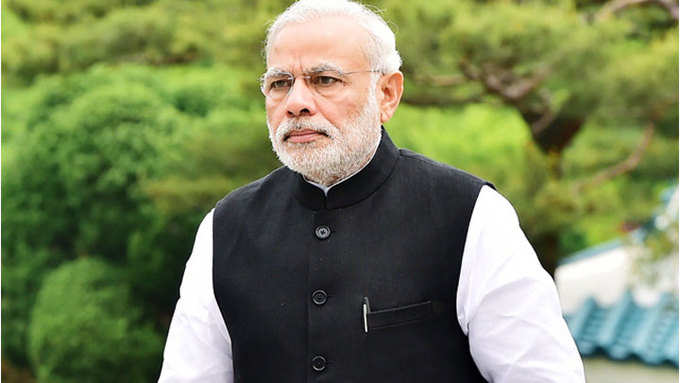 So as to cushion the impact
So as to cushion the impact The lawmakers cleared nearly Rs 600 billion in additional spending for the year through March, which includes a 10 per cent increase in a rural jobs program Modi once mocked. Recent growth has been slower than estimated and data are expected to show that inflation slumped below the Reserve Bank of India’s target as government's move dents demand.
According to J. Dennis Rajakumar, director of the Mumbai-based think tank EPW Research Foundation, public spending is needed because the cash ban will hit private investment
"The employment guarantee program to some extent will help ease the rural crisis that the country is heading toward," he told Bloomberg.
Sustaining commerce in India's cash-based hinterland is crucial for Modi before key state elections next year. Food prices are set to drop as his November 8 move to scrap 86 per cent of currency in circulation triggered distress sales of crops.
In November, consumer prices probably rose 3.9, according to the median of 32 estimates in a
Sales of two-wheeler vehicles fell 5.9 per cent in November. The first decline since December 2015, according to the Society of Indian Automobile Manufacturers' figures released last week.
The center in now focusing on those who live in villages, slowly rebuilding their earnings after back-to-back droughts destroyed crops and trade. His currency clampdown, which was aimed at hurting those with unaccounted cash, may impact these folks instead as they lack adequate access to banks or internet services
The latest boost includes Rs 40 billion on the world's largest public works program: the Mahatma Gandhi National Rural Employment Guarantee Act. Another Rs 30 billion will be spent on farm related activities.
"The government should immediately undertake more rural development programs like building toilets, houses and roads. No doubt MGNREGA could be the best option in providing relief to the rural people whose livelihoods have been made insecure by demonetization," said Bhagwat Prasad, director of the Akhil Bharatiya Samaj Sewa Sansthan, a support group for the poor in the Bundelkhand region, part of which lies in Uttar Pradesh.
Other thing modi government has to look after is staying cautious.
“Modi needs to do more to cushion the economy as the rural jobs program creates fewer jobs than needed. While public spending is needed to boost demand, any new program would take about 1.5 years for implementation,” said Jay Shankar, a New Delhi-based economist who's studied India's rural economy.
The Nifty Fast Moving Consumer Goods index has fallen 7.2 per cent since Modi's November 8 announcement, steeper than the 4.4 per cent decline in the broader gauge.
(Image Credits: Economic Times)